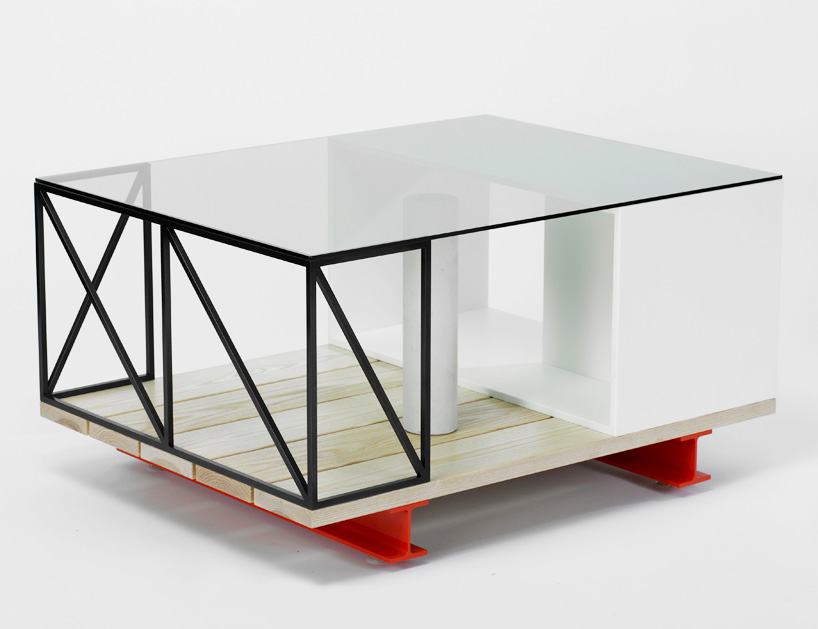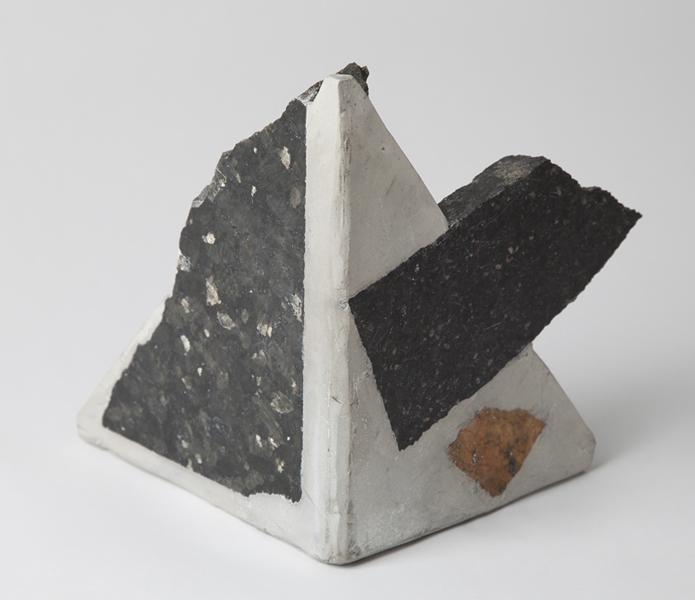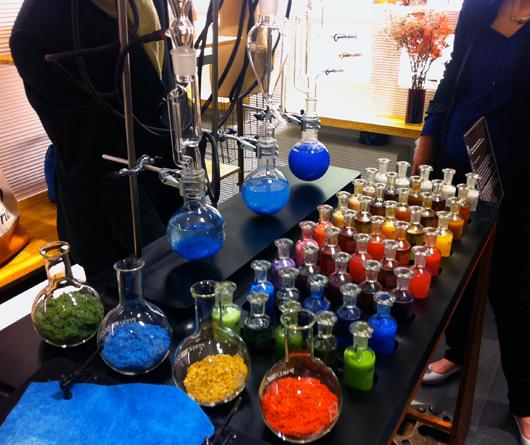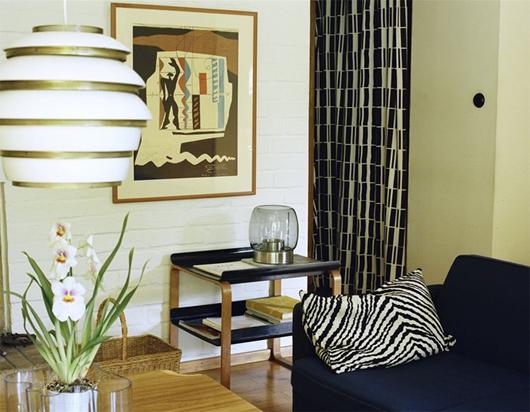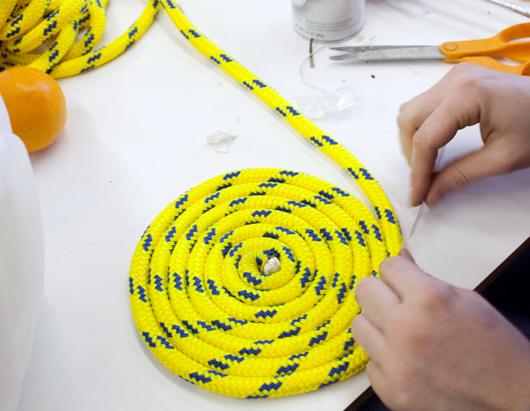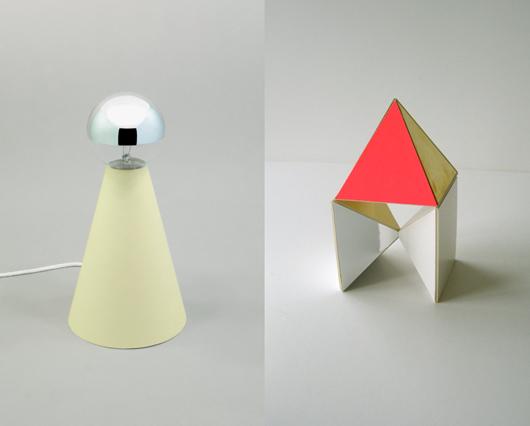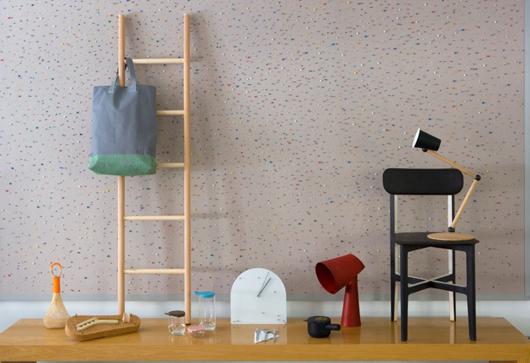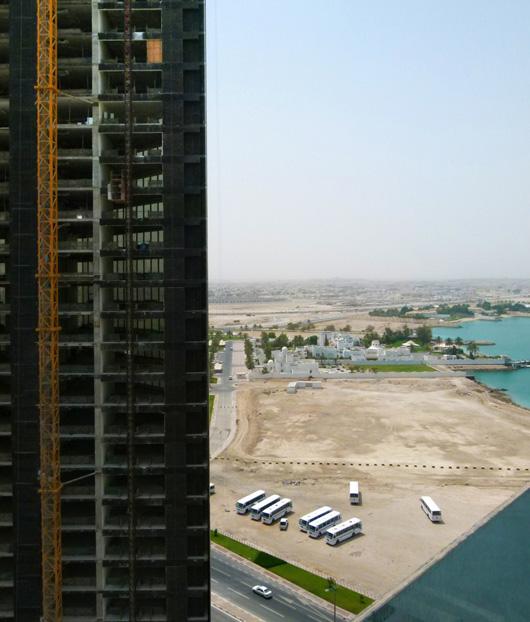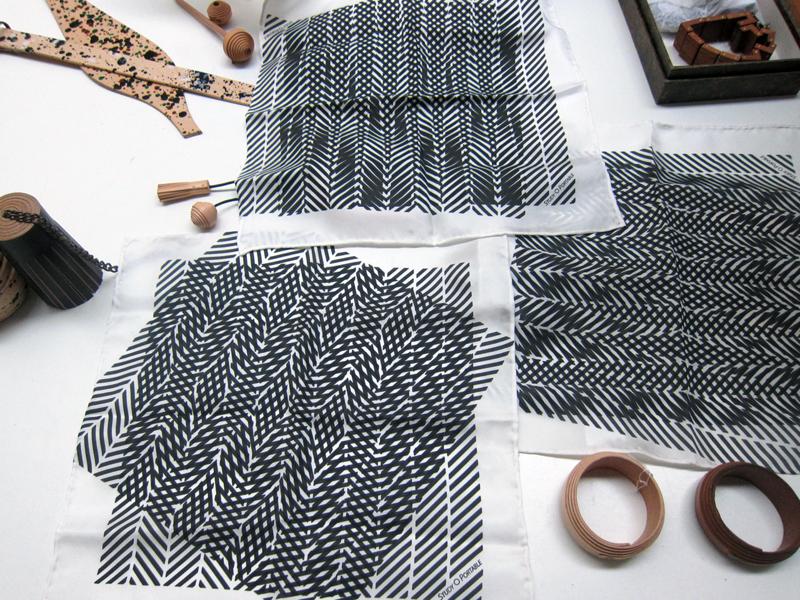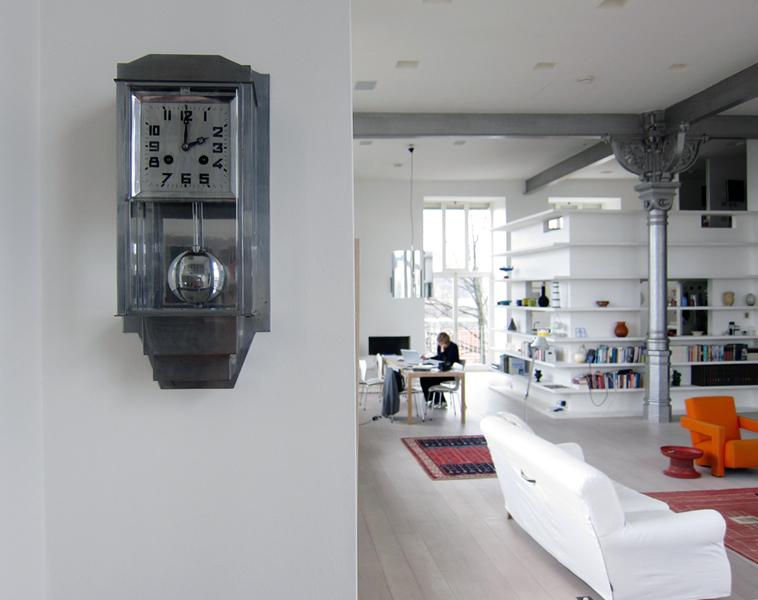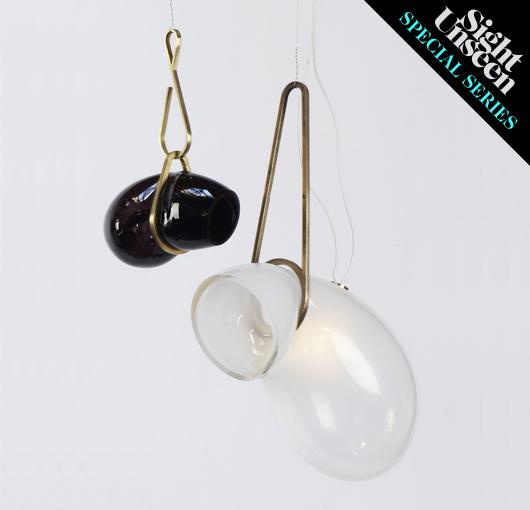To move the studio of Boym Partners from New York City to Doha, Qatar, would seem an act of sacrilege, like relocating Ai Weiwei from China to Portland, Oregon, or Ed Ruscha from Los Angeles to Munich. After all, as co-principals of the New York–based firm since 1995, Constantin and Laurene Leon Boym have made their mark in part by commenting on the cultural iconography of American life. And yet a year ago, the couple quit their DUMBO studio, picked up their 14-year-old son Bobby and their cat Ozzy, and moved everything into a high-rise apartment that sits 17 floors above the Doha Bay. The occasion was Constantin being named director of graduate design studies at the Virginia Commonwealth University in Qatar, but in the year since their arrival, it’s become clear that their work there is not just about getting a fledgling design program off the ground but rather about helping create a whole design culture from scratch. “Design here is still largely considered to be a more decorative, applied discipline,” Constantin told me via Skype from the new studio last week. “You decorate a hotel, a restaurant, or a villa. Design as a critical tool for exploration doesn’t really exist.” Adds Laurene: “You have to remember that people lived in tents in this very spot 20 years ago, and now we have a W Hotel across the street.”
